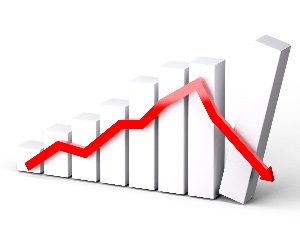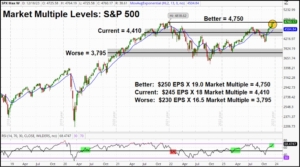Was the Fed Decision Positive? (No, Not Really)
Was the Fed Decision Positive? (No, Not Really): Start a free trial of The Sevens Report.
What’s in Today’s Report:
- Was the Fed Decision Positive? (No, Not Really)
- EIA Analysis and Oil Market Update
Futures are solidly higher following a mostly quiet night of news as markets further digested Fed Chair Powell pushing back on the idea of future rate hikes.
Economic data showed more buoyant inflation globally as Swiss CPI rose 1.4% vs. (E) 1.2% while the Euro Zone Manufacturing PMI met estimates.
Today the focus will remain on economic data as we get two notable economic reports, Jobless Claims (E: 211K) and Unit Labor Costs (E: 3.3%). If both are “hot” (and especially if Unit Labor Costs are high) then expect higher yields and more pressure on stocks ahead of tomorrow’s Jobs Report.
Earnings season is winding down but there’s an important report via AAPL (E: $1.51) after the close, while I’ll also be watching SQ ($0.72), COIN (E: $1.20) and BKNG ($14.03) for any insight into the state of the U.S. consumer.
Join thousands of advisors from huge brokerage firms like Morgan Stanley, Merrill Lynch, Wells Fargo Advisors, Raymond James, and more! To start your quarterly subscription and see how The Sevens Report can help you grow your business, click here.





